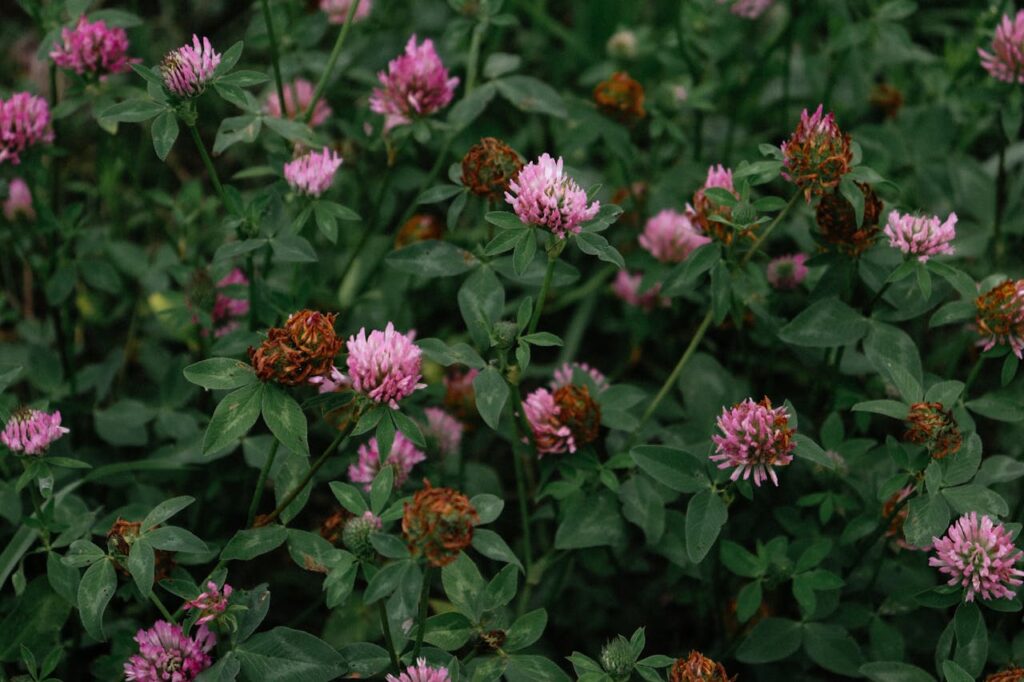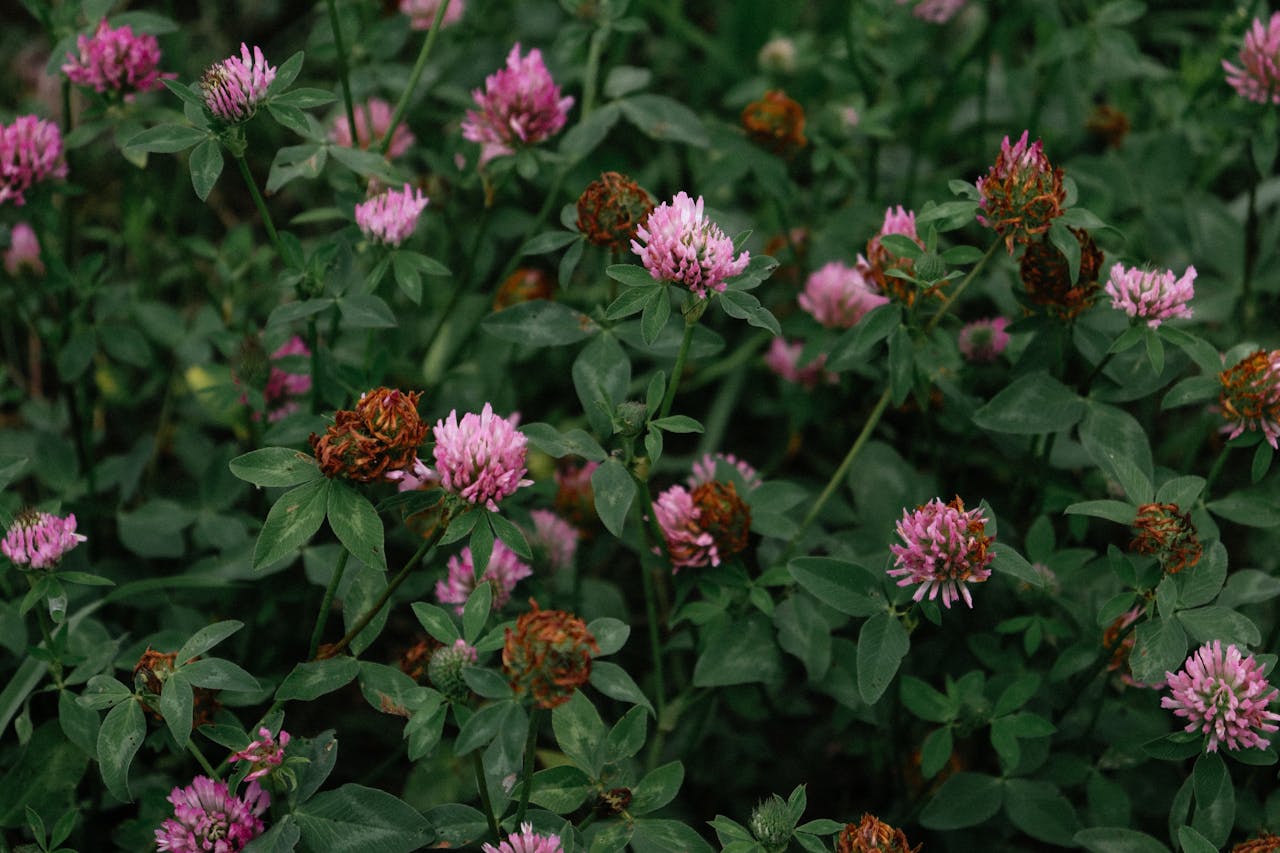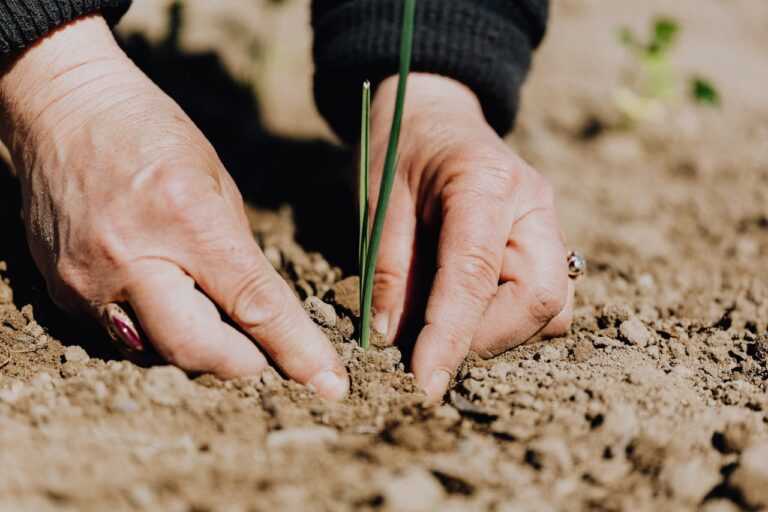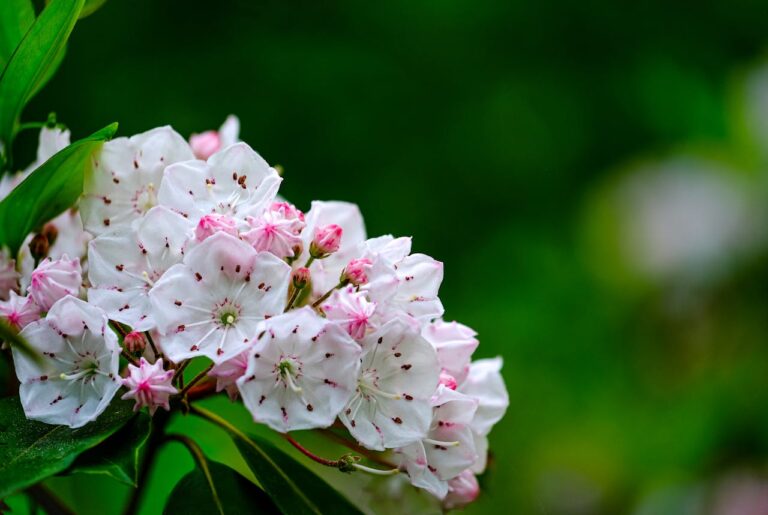Plant Interactions: The Hidden Web of Life
Plants are often seen as solitary beings rooted in one place, yet beneath the surface lies a hidden network of communication and cooperation. Through their roots, leaves, and even airborne signals, plants influence one another and the wider environment. This complex web of interactions is not random but a finely tuned system that supports balance within ecosystems. By understanding these connections, we begin to appreciate how plants act as silent architects of life.
Communication Beneath the Soil

One of the most fascinating aspects of plant interactions takes place underground. Roots are not only anchors for stability but also channels for exchanging nutrients and signals. Many plants connect through fungal networks known as mycorrhizae, which allow them to share resources like water and minerals. In times of stress, plants can even warn each other of threats such as pests, preparing neighboring plants to defend themselves. This underground network has been described as a living internet, connecting species in unseen yet powerful ways.
Above-Ground Signals and Defense
Plants also communicate through chemical messages released into the air. When attacked by insects, some plants emit scents that attract predators of the invaders, turning the tide in their favor. Others release warning signals that neighboring plants can detect, prompting them to strengthen their own defenses. These airborne interactions show that plants are not passive victims but active players in protecting themselves and the community around them. Such strategies help entire ecosystems resist imbalances that might otherwise spread unchecked.
Mutual Support Through Partnerships
Interactions among plants extend beyond defense and survival to cooperation with other species. Flowering plants depend on pollinators like bees, butterflies, and birds, creating partnerships that sustain both sides. Similarly, fruit-bearing plants rely on animals to disperse their seeds, ensuring new generations can grow in diverse locations. These mutualistic relationships highlight how interconnected life truly is, with plants at the center of countless cooperative bonds that shape biodiversity.
The Web That Sustains Ecosystems
When viewed as a whole, plant interactions reveal a hidden web that sustains ecosystems across the globe. From soil fungi to pollinators and seed dispersers, every connection adds resilience to the natural world. Plants do more than grow and reproduce; they nurture, defend, and cooperate in ways that allow ecosystems to thrive. By studying these interactions, we uncover not just the secret lives of plants but the foundation upon which all other forms of life depend.



